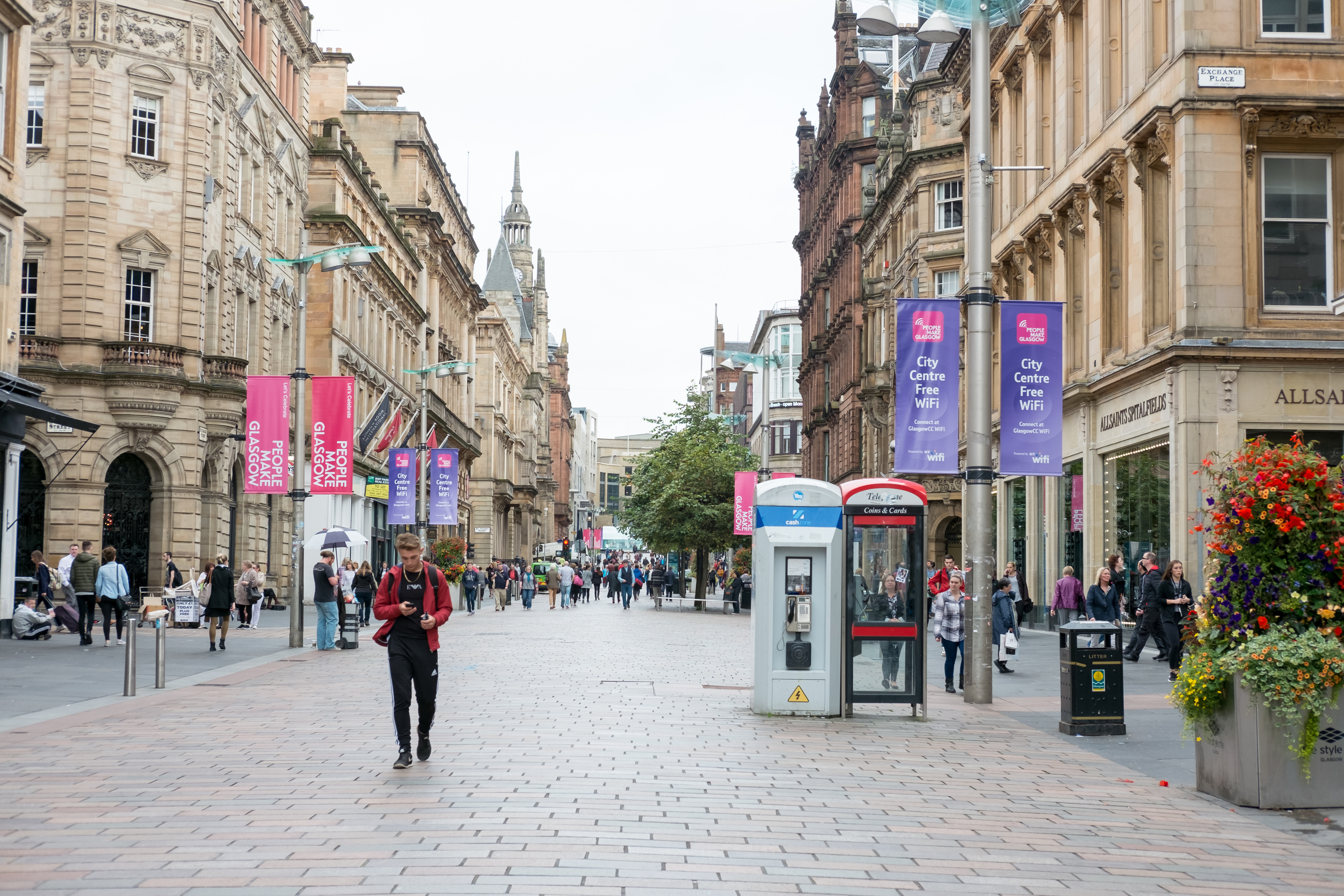
BRICKS-and-mortar retailing can no longer be the anchor for thriving high streets, which must become community hubs that include housing, offices and some shops, according to an influential independent review.
Retail expert Bill Grimsey said it was time to accept that there was already too much retail space in the UK and town centres needed to be “repopulated and re-fashioned” with libraries and public spaces at the heart of each community.
The review is the second from a team led by the former Wickes and Iceland boss and comes amid a wave of closures and restructurings from major high street names including Toys R Us and Maplin and an ongoing shift to online shopping.
It argues that greater devolution and stronger local leadership is needed to give high streets a renewed sense of purpose and identity.
Among the 25 recommendations are calls to replace business rates, create a Town Centre Commission to develop a 20-year strategy for local high streets, and accelerate digital transformation in smaller towns.
Other recommendations include the appointment of “high-quality” designers to celebrate the historic character and local identity of town centres, 30 minutes’ free parking in high streets with no paid extension option, improved street lighting and free public wi-fi.
Mr Grimsey said there had been some progress since his original 2013 review “but not nearly enough”.
He said: “The first six months of 2018 have seen the highest rate of retail closures, administrations and CVAs (company voluntary arrangements) for more than a decade and there is no sign of a slowdown.
“Our cities, towns and communities are facing their greatest challenge in history, which is how to remain relevant, and economically and socially viable in the 21st century.
“Towns must stop trying to compete with out-of-town shopping parks that are convenient and with free parking. They must create their own unique reason for communities to gather there – being interesting and engaging and altogether a compelling and great experience.”
Local Government Association economy spokesman Martin Tett said: “Many councils throughout the country are already leading the way in transforming the future potential of their town centres in the face of unprecedented changes in shopping habits and the retail landscape.
“We are pleased that the report backs our calls for councils to have more powers and flexibility, particularly in relation to planning, to help shape and deliver vibrant town centres.
“The LGA stands ready to work with the Government, councils and other stakeholders to help secure a prosperous long-term future for our high streets and town and city centres.”

Enjoy the convenience of having The Sunday Post delivered as a digital ePaper straight to your smartphone, tablet or computer.
Subscribe for only £5.49 a month and enjoy all the benefits of the printed paper as a digital replica.
Subscribe